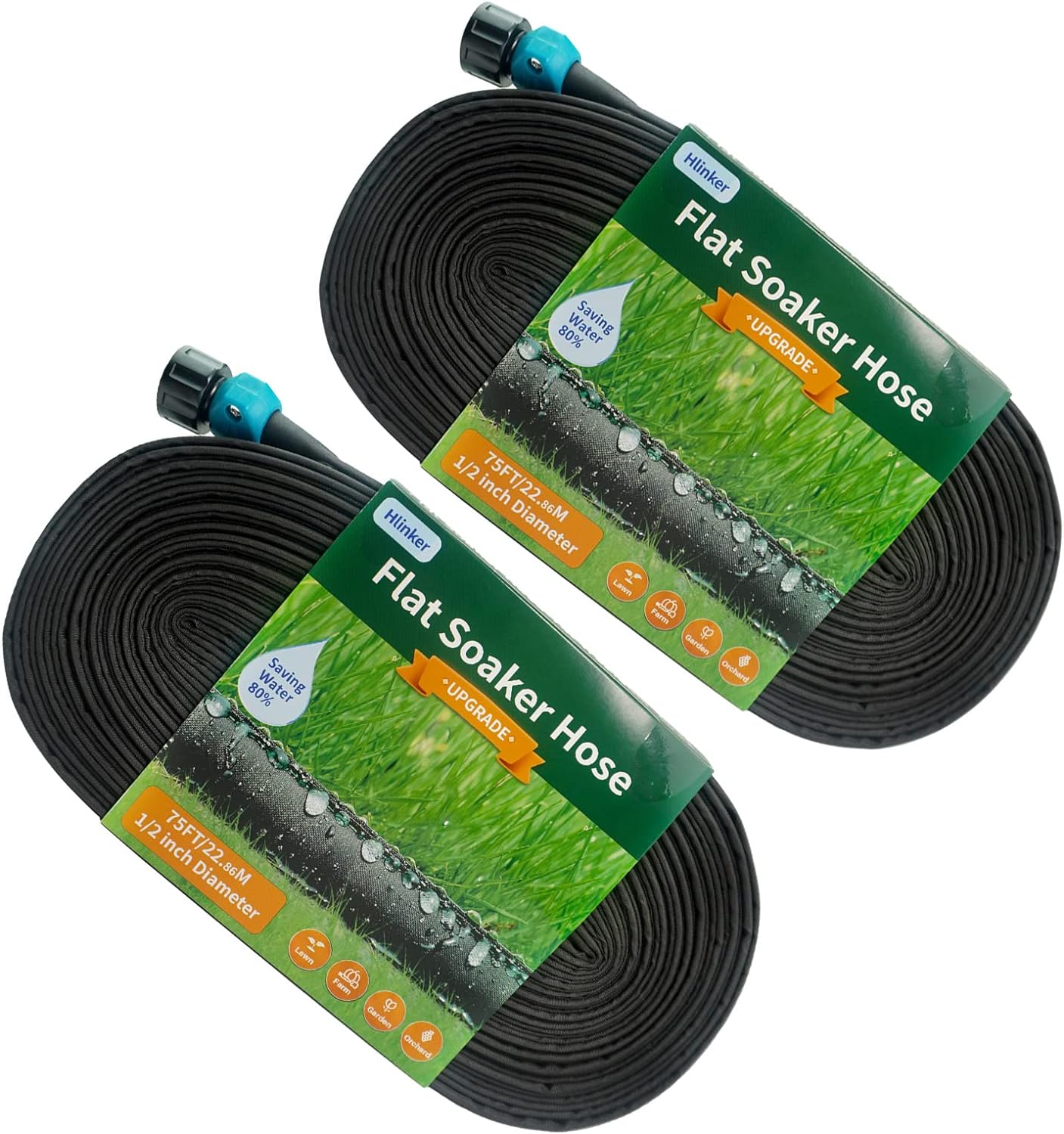
If You Build It, They Will Eat It
As much fun as it is to sow and grow, the real reward of vegetable gardening is being able to create delicious dinners fresh from the garden.
There are endless combinations for summer salads, but many people limit dinner salads to typical tossed salads or run-of-the mill chef salads. A new approach is to build a structured salad.
Structured salads, like a traditional Cobb salad, are prepared on individual plates or in bowls with each ingredient presented separately. It takes a bit more time to build a structured salad, but a beautiful presentation is worth the extra effort.
One kind of structured salad is called a stacked salad. Start with thinly sliced tomatoes placed in an overlapping circle on a plate, top with a layer of sliced avocado, basil, minced garlic and drizzle with olive oil.
Another familiar structured salad is called Insalata Caprese. It features mozzarella cheese, vine-ripened tomatoes and basil leaves. Just stack or alternate slices of fresh mozzarella with sliced tomatoes and sprinkle with fresh snipped basil. Insalata Caprese is served at room temperature with olive oil drizzled over the vegetables right before serving.
To make structured salads for a family dinner, select individual bowls or plates that are the right size for the meal and fill to almost overflowing with crisp, fresh vegetables from the garden, farmers’ market or produce stand.
Here are some easy tips for creating a structured salad masterpiece:
- Build an all-vegetable salad starting with a bed of garden greens. If there aren’t enough homegrown greens to fill the plate or bowl, use other organic lettuces and top with a layer of garden greens.
- Gather other vegetable ingredients using whatever is ready to pull, pick or snip from the garden.
- Cut creatively. Instead of slicing cucumbers or green onions into rounds, julienne the slices into matchstick size strips.
- Place one ingredient at a time on each salad to form a design or other pleasing presentation.
- Add canned beans, like garbanzos, for extra protein or top the greens with thinly sliced grilled chicken or beef; cooked salmon, tuna or shrimp are great additions, too.
- A few sprinkles of grated or crumbled cheese is nice touch.
- Sprinkle in herbs like fresh cilantro, dill weed, oregano, basil or chives. Clip the bright purple chive blossoms while still tender, wash and pull apart into individual florets to top the salad.
- Mix together a vinaigrette with olive oil, homemade red wine vinegar, lemon juice, and dried oregano or top with a salad dressing of your choice.
- Chill salads—and salad forks—before serving.
- Serve with an assortment of breads like pita, rolls, foccacia or breadsticks.
- Get the family involved by having kids help pick the vegetables from the garden, prep the ingredients or add them to the salad.
Fine Gardening Recommended Products

Plant Covers Freeze Protection 10 ft x 30 ft Floating Row Cover 0.9oz/yd²
Fine Gardening receives a commission for items purchased through links on this site, including Amazon Associates and other affiliate advertising programs.

Flat Soaker Hose 75 150 FT for Garden Beds
Fine Gardening receives a commission for items purchased through links on this site, including Amazon Associates and other affiliate advertising programs.



















Comments
Log in or create an account to post a comment.
Sign up Log in